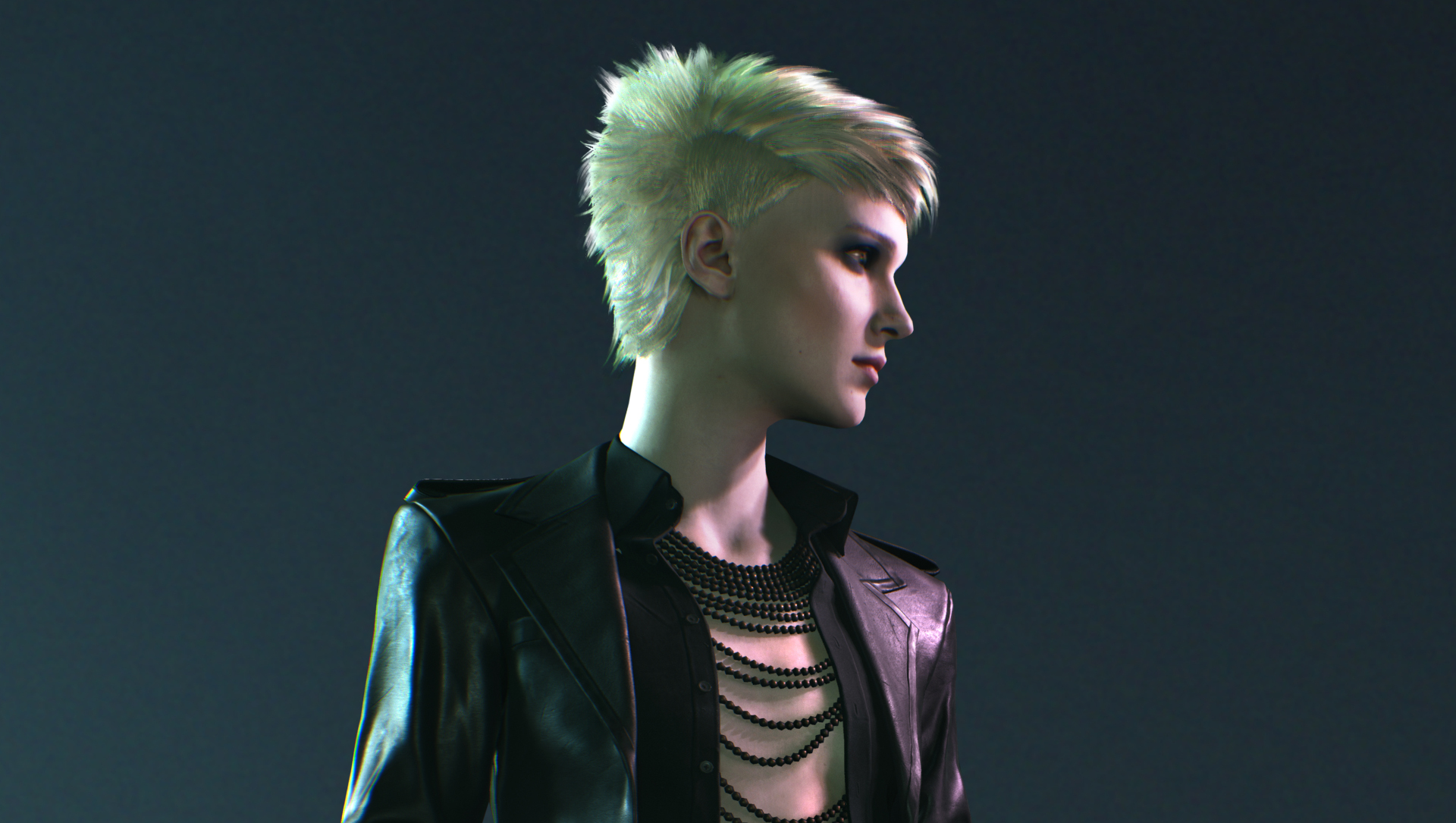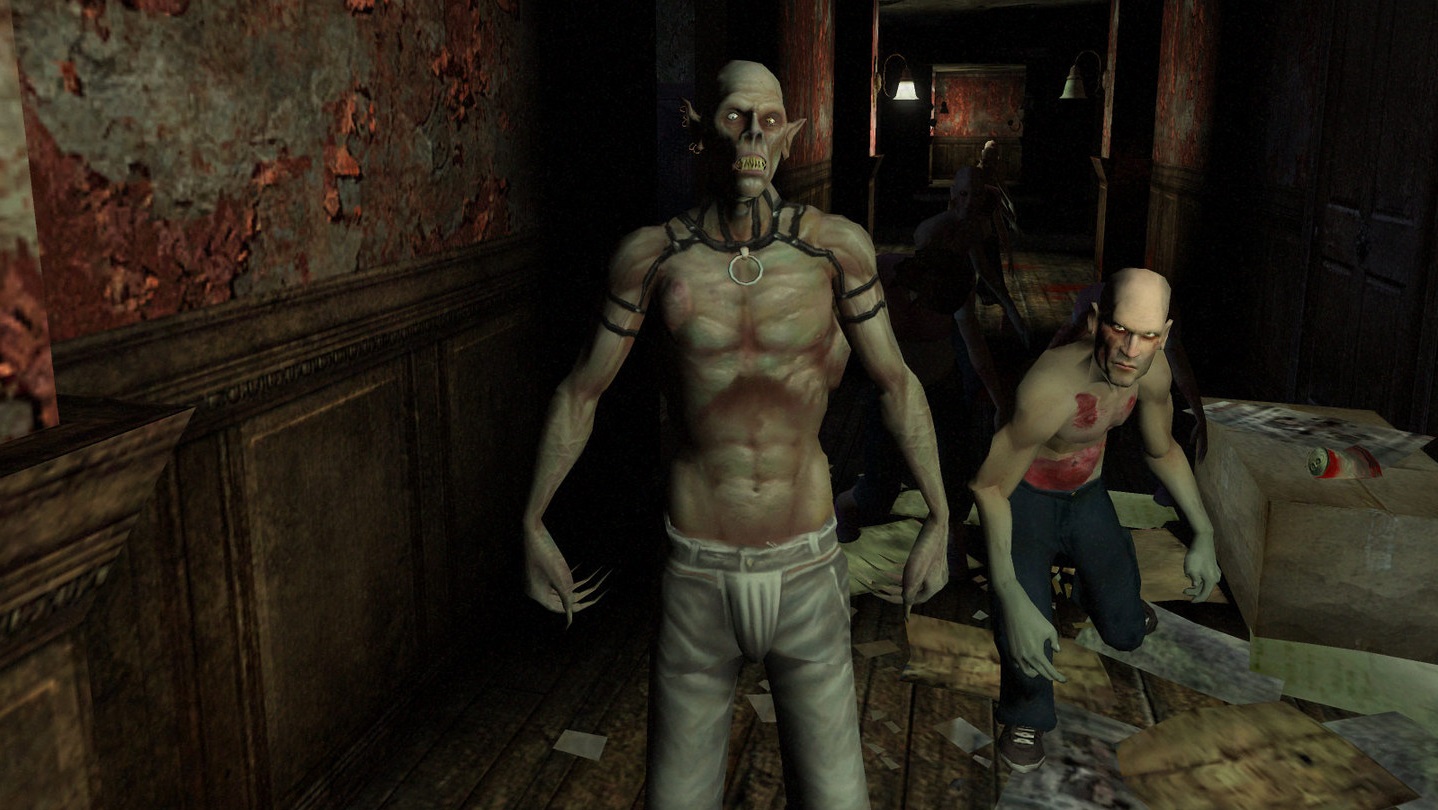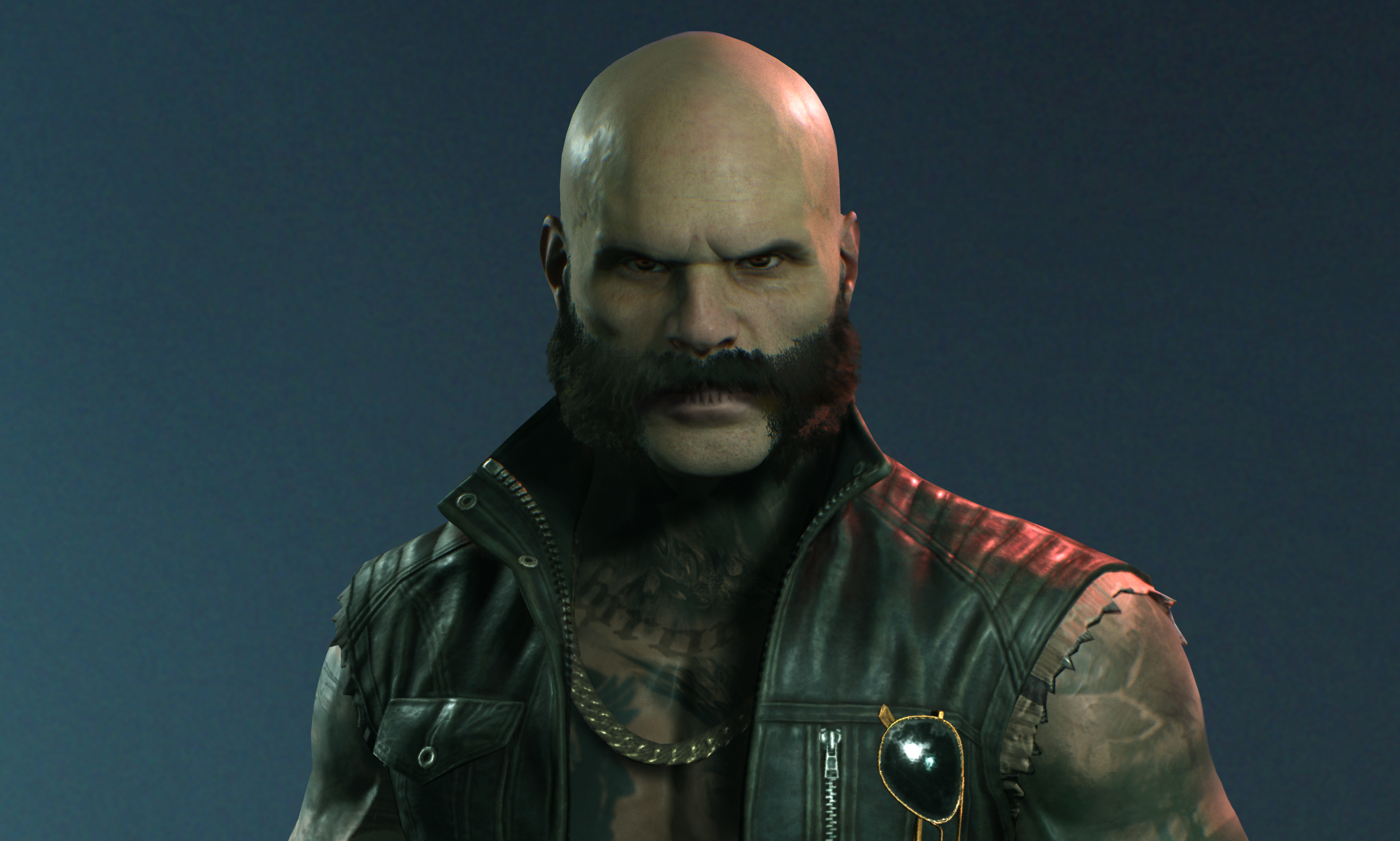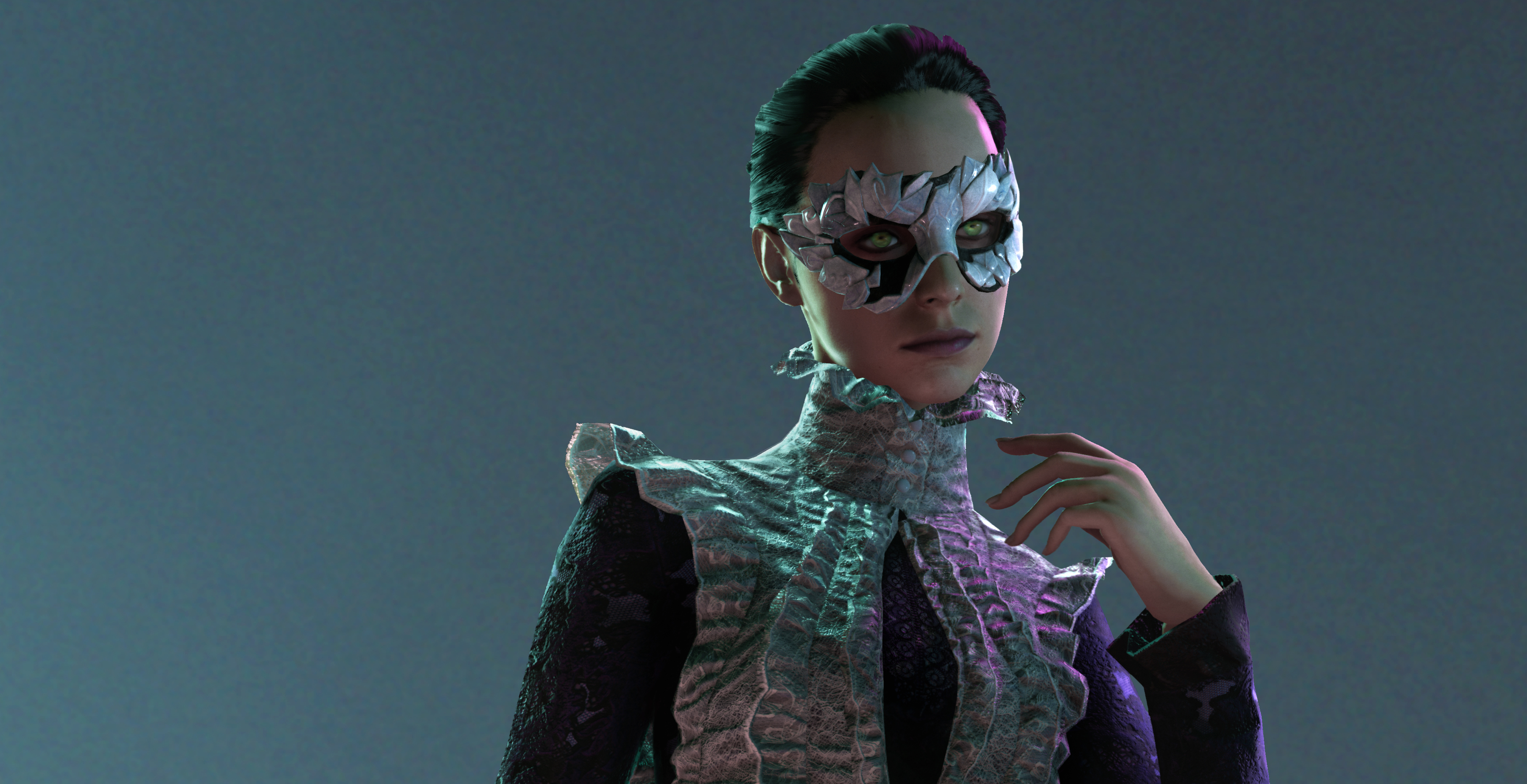Bloodlines 2's first five clans are a perfect starting lineup
From abilities, politics, and popularity, Bloodlines 2 is starting off with the right clans.

Now that all five Bloodlines 2 clans have been revealed, we can all breath a collective sigh of relief knowing that most of our favorites are going to be in the game at launch. Paradox has mentioned that more clans will be added post-launch as DLCs, but we have a long time to wait until the game releases. Until then, we're free to speculate on what missing Camarilla clans and other clans might be added, but Paradox and Hardsuit Labs totally nailed its decision to start with these first five clans: Brujah, Toreador, Tremere, Ventrue, and Malkavian.
To simplify things, I won't be talking about the Thinbloods and their abilities. Even though they technically are a clan, you start off as one in Bloodlines 2, and you have new powers that did not appear in the first Bloodlines, so there is little comparison there. However, the five clans that I mentioned above provide a perfect, simplified platter of disciplines, personality, and playstyle options.

Options for the majority
The first five clans provide a wide enough spread to cover many different playstyles in Bloodlines 2. Looking at the history, general traits, and abilities of each clan, there's already plenty of interesting options to—wait for it—sink your teeth into. We cover each clan in greater detail here, but to sum up the characteristics of each:
As of V5 (the current rulebook for tabletop Vampire: The Masquerade), the Brujah belong to the independent Anarch sect, which fits both with the clan's narrative in Bloodlines 2 and the fractured Anarch movement in V5. They are rebels, a clan that asserts physical dominance. They are loud and want everyone to know they've arrived to the party. The Brujah's disciplines reflect their personality with abilities that are strength and dexterity-focused. If you like to shoot (or punch) first and ask questions later, here's your clan.
Tremere originally started out as a few mages looking for a way to gain "true immortality" without drinking potions, but accidentally turned themselves into vampires. Since then, they have maintained a strong influence within the Camarilla mainly due to their ties with blood magic, but still closely guard their sorcery secrets. However, they are now willing to share those secrets with other vampires. If you like playing a mage, then you might like boiling the blood of your enemies with your mind.
If seducing others with your drop-dead gorgeous looks to get what you want is more your thing, check out the Toreador. The most beautiful and artistically-minded of all the clans, they equally benefit and suffer from their tendency to romanticize nearly everything. They can inspire adoration in those around them and literally hypnotize them with awe. Playing a Toreador feeling like being a rockstar.
Venture are the most politically minded, so it's no surprise that they founded the Camarilla thousands of years ago. They still run it, too, with one hand in city politics and the other in capitalistic ventures. They are the high-society, smile-to-your-face while-they-stab-you-in-the-back clan. They have mastered the art of persuasion. As such, their disciplines reflect a need to command and control people beneath them, to conquer their enemies and live to tell the tale.
Keep up to date with the most important stories and the best deals, as picked by the PC Gamer team.
The Malkavian are like the Targaryens of Vampire: The Masquerade lore. No one knows why they are all insane, they just are. Some believe their bloodlines was cursed. Others believe their fragmented visions of the future, for instance, is a blessing. Either way, other clans have kept them out of power for a long time because they fear their unpredictability. The Malkavian can get into the minds of others, literally, and move beyond the confines of their physical body.

Gangrel and Nosferatu are the odd clans out
Sadly, the Gangrel and the Nosferatu don't quite fit into the narrative that has been established so far in Bloodlines 2.
Historically, the Gangrel left the Camarilla a few years before the events of the first Bloodlines, so depending on how the story of Bloodlines 2 unfolds, it might make more sense to leave them out initially. The Gangrel also have what some would consider werewolf features. In Bloodlines, their Animalism discipline allows them to materialize a spectral wolf to attack their victims. In V20 (the 20th anniversary) tabletop version, their clan weakness causes them to gain animal traits temporarily if they frenzy, or lose control of their hunger. If a Gangrel's frenzy is really intense, then they might gain those animal features permanently.
And that brings us to the Nosferatu, who look like F. W. Murnau's vampire character in his 1922 film, Nosferatu. Pointy ears, talon-like fingernails, distorted facial features—being turned by a Nosferatu makes you super ugly and super terrifying. In the first Bloodlines, traveling out in the open is a Masquerade violation. That's how ugly you are. People ran away at the sight of you, and the police would chase you back into the sewer from which you emerged. So, you have to travel underground and stick to the shadows, waiting for people to pass by if you need to get into a building. This was hard—not a fun experience if you are playing the game for the first time, and Bloodlines 2 looks like it's going to have so many places to explore that you'll want to see it all.
Also, the developers have said that they wanted players to make a more informed choice about what clan they join; removing Gangrel and Nosferatu from the equation for the reasons I just mentioned is another security measure for that.
Now, the Malkavian could present similar issues because you are fundamentally changing something about your character, mentally rather than physically, but the developers seem to have mitigated that by making the Malkavians less crazy this time around. Also, the Malkavian clan is popular with players, so to not start out Bloodlines 2 with that clan available at launch would have made no sense.

Fewer clans simplify things
Like the first Bloodlines, some clans have access to the same abilities, but there is less crossover compared to starting with all seven Camarilla clans at launch. Cutting down on the number of abilities available to each clan from three to two also simplifies things. In Bloodlines 2, the Brujah and Toreador share Celerity, and the Tremere and the Malkavian share Auspex. In the first Bloodlines, things are a little more complicated. With Gangrel and Nosferatu added to the mix, there's a total of seven shared abilities, with Auspex and and Presence shared by three clans at a time.
By having as little crossover as possible, this cuts down on potential confusion anyone new to Vampire: The Masquerade lore might have about how the clans differ. I imagine that the most important historical aspects of the clans will be mentioned throughout the game up until the point comes when you choose which clan to join. Since a shared discipline in Bloodlines 2 works in exactly the same way across clans, then from a player-perspective other differing features like history, traits, etc. will need to be explained.
Paradox has already starting doing this with its clan reveal trailers that delve into the specific personalities of each clan, but I'm hoping there is more integration with the story with regards to the history of the clans. The first Bloodlines did a great job at doing that without overloading the player with information at the beginning of the game.

Still hoping for Nosferatu and Lasombra, though
Even though these five clans are the perfect starter clans, there's a lot of rich lore that is untapped by excluding Nosferatu and Lasombra.
In Bloodines, the Nosferatu developed a information sharing network called SchreckNet, which runs parallel to the internet. They are master hackers, so their covert status makes them the perfect spy tool for the Camarilla. Nosferatu are the perfect clan for a stealth playstyle, something that the other clans lack.
A Sabbat clan like the Lasombra introduces an entirely different level of vampire politics into the story. Maybe the developers just want to focus on the familiar clans from the first game because it will be easier to narratively explain the political rifts, but the Sabbat is a part of the Vampire: The Masquerade lore that was barely tapped in Bloodlines, and the Lasombra are aligned with the Camarilla now (in V5), not the warring Sabbat sect, which makes things even more interesting. However, the Lasombra also have the worst of the cliche, vampire tropes, so I wouldn't be sad if they were missing all those distinguishing characteristics.
I'm holding out hope that the possible addition of these clans later will run deeper than just disciple selections. I'm hoping for full-on DLCs with new storylines that integrate with the base game, but I'll settle for new disciples.


